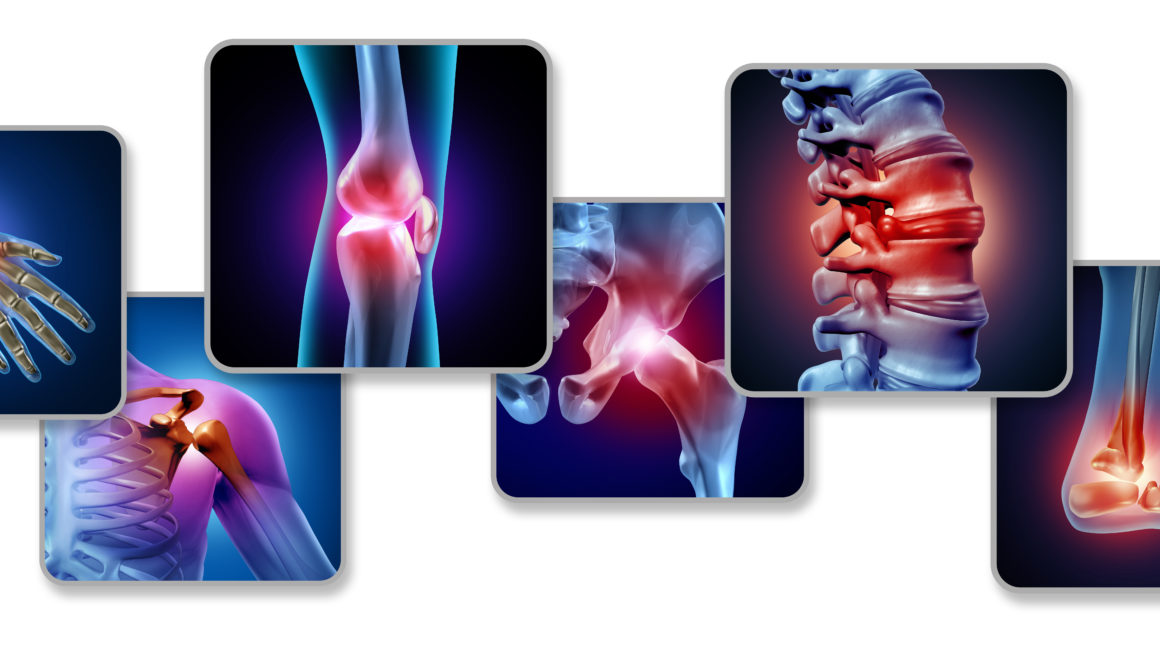Some 5% of all lower back problems is due to inflammation from arthritis rather than spinal injuries like hernia or slipped discs. One form, axial spondyloarthritis, impacting the junction between the pelvis and the spine known as the sacroiliac joint and typically first impacts people in their mid 20s. There are a number of helpful techniques, or media for treatments and therapies, to keep arthritic symptoms at bay.
Heat
Heat will keep your muscles loose when sitting in a desk chair 8 hours a day. There are a few suggested ways of incorporating heat into your own therapeutic routine, including taking long warm showers or soaking in a bathtub. Going back to the cold winter days on the Lower East Side in the 1950s, try warming up your clothes either on a radiator or in the dryer for a few minutes. You can also use hot paraffin wax or applied mineral oil with hot water to heat any stiff parts of your body. And of course, there are also heating pads.
Warm Water Exercise
The soothing buoyancy of warm water make it a safe, ideal environment for relieving arthritis pain and stiffness while applying the right balance of pressure to force your body to progress. The warmth will get body temperature higher and increase your circulation. Water supports joints to encourage free movement, making it gentler on the joints even when offering more resistance for a better workout – even using the water jets can help massage the muscles in the pool or spa. Vennie Jones, the Aquatic Coordinator at the Baylor Tom Landry Fitness Center in Dallas, Texas puts it this way, “Water provides 12 times the resistance of air, so as you walk, you’re really strengthening and building muscle.”
Other Methods
It’s worth noting the other, structured treatment plans for arthritic backs. Physiotherapy or occupational therapy should be managed by a professional, especially for longer term back problems. Certain drugs like amitriptyline, pregabalin and gabapentin might also be appropriate, but don’t come to your doctor suggesting any one medication – merely ask what options there are and they might have a more optimal treatment in mind.





